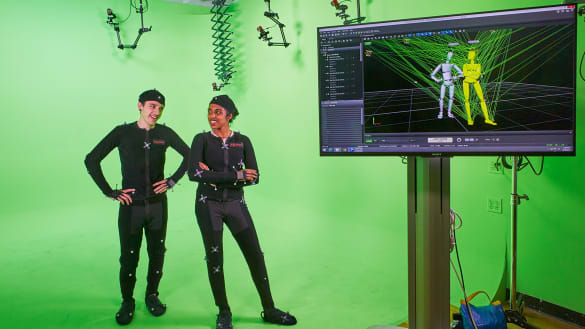BFA 3D Animation and Visual Effects Curriculum
BFA 3D Animation and Visual Effects
133/141 West 21st Street, 2nd and 3rd floors
New York, NY 10011
Tel:
212.592.2524
Email:
3dvfx@sva.edu


